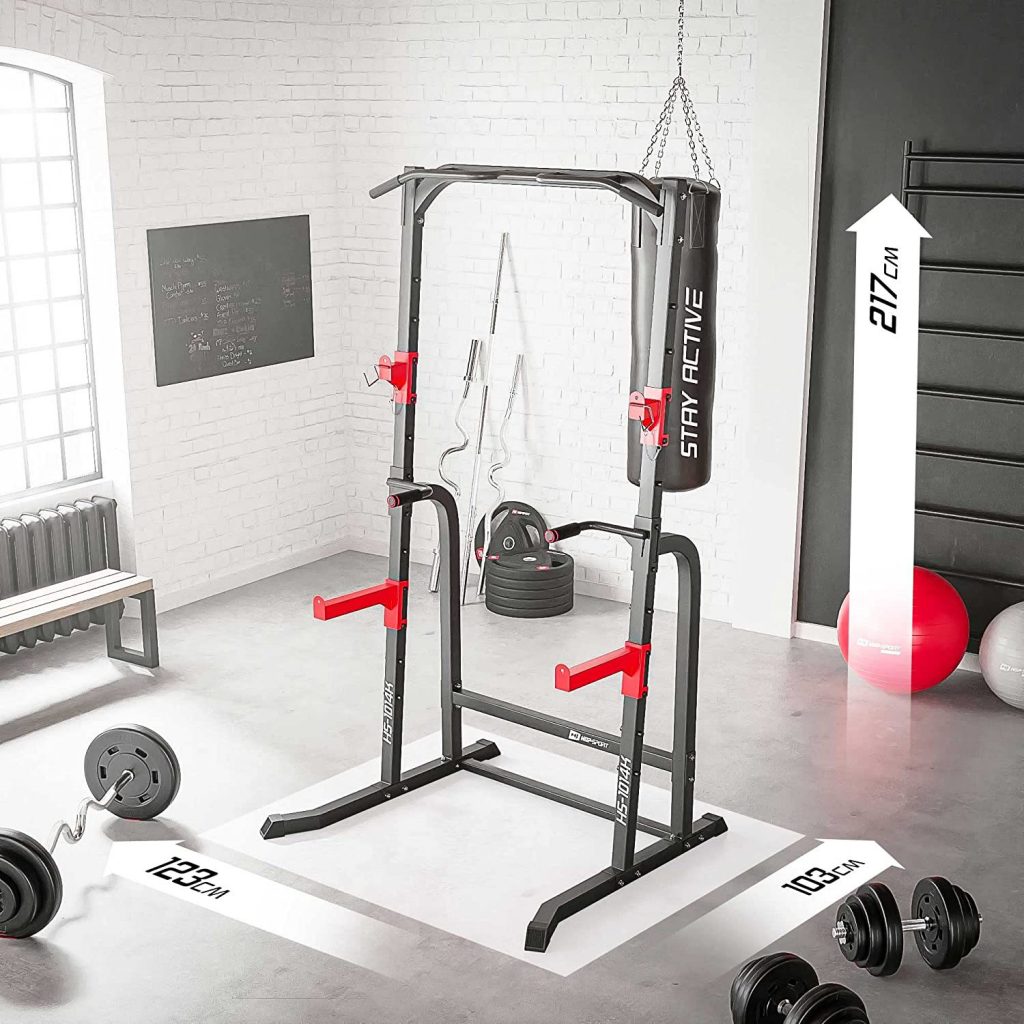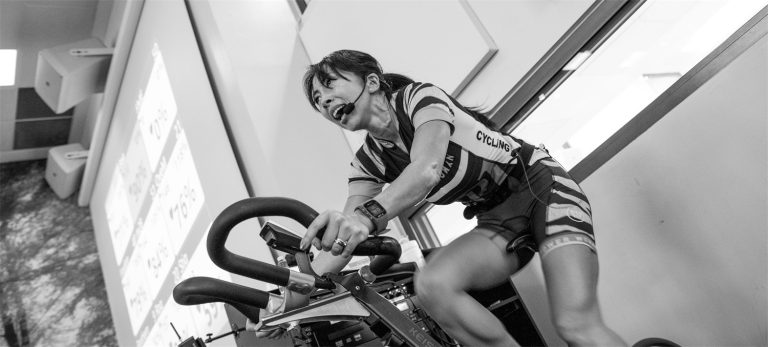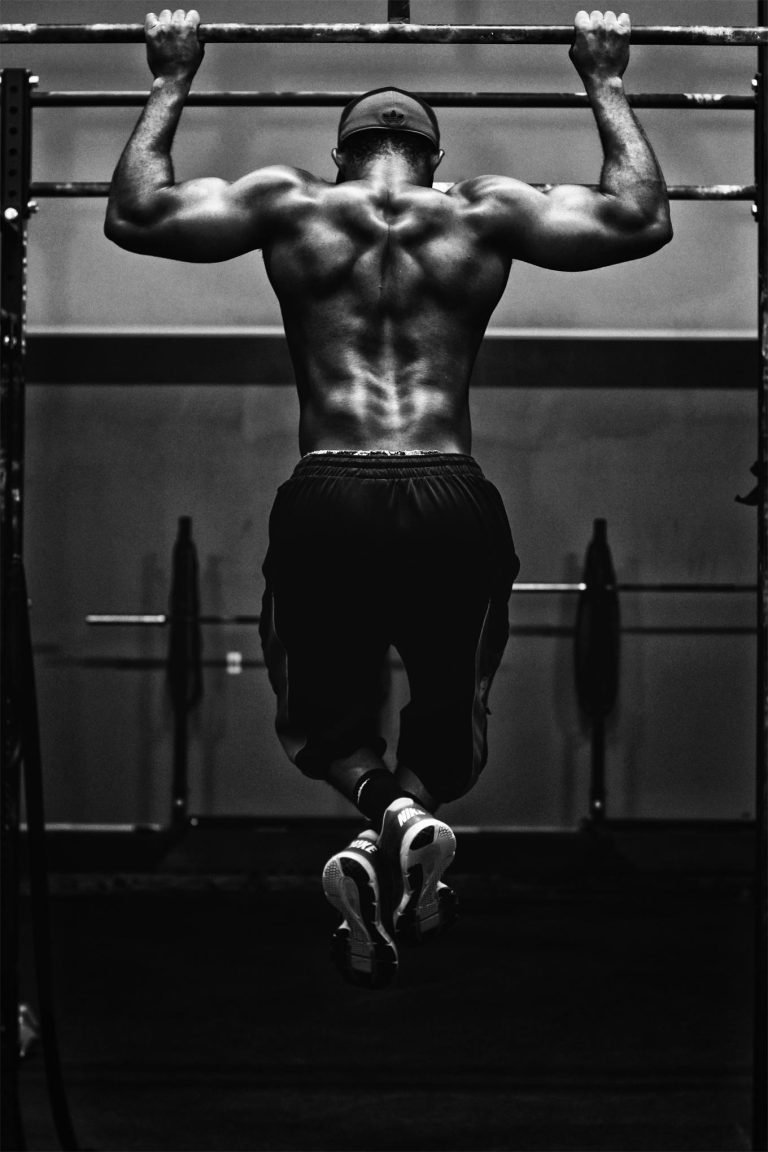Pull-ups are one of the most challenging and rewarding exercises you can do. They work your back, arms, shoulders, and core muscles, and they can help you improve your posture, strength, and confidence. But they are also notoriously hard to do, especially for beginners. If you want to master the pull-up at home, you need a plan, a pull-up bar, and some patience. Here are some tips and tricks to help you achieve your pull-up goals.

Why Pull-Ups Are So Hard
Pull-ups are hard because they require a lot of upper body strength and coordination. You have to lift your entire body weight with your arms, while keeping your core engaged and your body in a straight line. You also have to control your movement on the way up and down, avoiding swinging, jerking, or cheating. Pull-ups are a compound exercise, which means they involve multiple joints and muscles working together. This makes them more effective, but also more challenging.
How to Prepare for Pull-Ups
Before you attempt a pull-up, you need to make sure you have the right equipment and the right form. You need a sturdy pull-up bar that can support your weight and fit in your door frame or wall. You also need to learn how to grip the bar properly, with your hands shoulder-width apart and your palms facing away from you. This is called an overhand grip, and it is the most common and effective way to do pull-ups. You can also try an underhand grip, with your palms facing you, which is called a chin-up. Chin-ups are slightly easier than pull-ups, because they involve more biceps and less back muscles.
To perform a pull-up, you need to start from a dead hang position, with your arms fully extended and your feet off the ground. You then need to pull yourself up until your chin is above the bar, keeping your elbows close to your body and your shoulders down and back. You then need to lower yourself back to the dead hang position, without letting go of the bar or touching the ground. This counts as one repetition.
How to Progress with Pull-Ups
If you can’t do a single pull-up yet, don’t worry. There are many ways to build up your strength and endurance until you can. Here are some exercises you can do at home to prepare for pull-ups:
- Negative pull-ups: These are basically the lowering part of a pull-up. You start from the top position, with your chin above the bar, and then lower yourself down as slowly as possible until your arms are fully extended. You can use a chair or a stool to help you get to the top position, or ask someone to lift you up. Try to do 3 sets of 5 repetitions, with 90 seconds of rest between sets.
- Assisted pull-ups: These are pull-ups with some form of assistance, such as a resistance band, a partner, or a machine. You wrap the band around the bar and place your feet or knees on it, or have someone hold your legs or waist as you pull yourself up. The assistance should be enough to help you complete the movement, but not so much that you lose tension in your muscles. Try to do 3 sets of 8 repetitions, with 90 seconds of rest between sets.
- Inverted rows: These are horizontal pull-ups that work similar muscles as vertical pull-ups. You need a low bar or a sturdy table that can support your weight. You lie underneath the bar or table, with your feet on the ground and your hands gripping the edge. You then pull yourself up until your chest touches the bar or table, keeping your body in a straight line and your elbows close to your body. You then lower yourself back down until your arms are fully extended. Try to do 3 sets of 10 repetitions, with 90 seconds of rest between sets.
How to Train for Pull-Ups
Once you can do at least one pull-up without assistance, you can start training for more. The key is to be consistent and progressive with your workouts. Here are some tips and guidelines for training for pull-ups:
- Frequency: Aim to train for pull-ups at least twice a week, but not more than four times a week. Your muscles need time to recover and grow between sessions.
- Intensity: Aim to do as many pull-ups as you can in each set, but not until failure. Leave one or two reps in the tank, so that you don’t compromise your form or risk injury.
- Volume: Aim to increase the total number of pull-ups you do in each session over time. You can do this by adding more sets, more reps per set, or both.
- Variety: Aim to vary your grip width, hand position, tempo, and range of motion from time to time. This will challenge your muscles in different ways and prevent boredom and plateaus.
How to Master the Pull-Up at Home
Pull-ups are not easy, but they are not impossible either. With the right equipment, form, preparation, progression, and training, you can master the pull-up at home and enjoy the benefits of this amazing exercise. Remember to warm up before each session, cool down after each session, and stretch your muscles regularly. Also, don’t forget to eat well, drink plenty of water, and get enough sleep. These factors will help you recover faster and perform better. And most importantly, have fun and celebrate your progress. You are stronger than you think!




